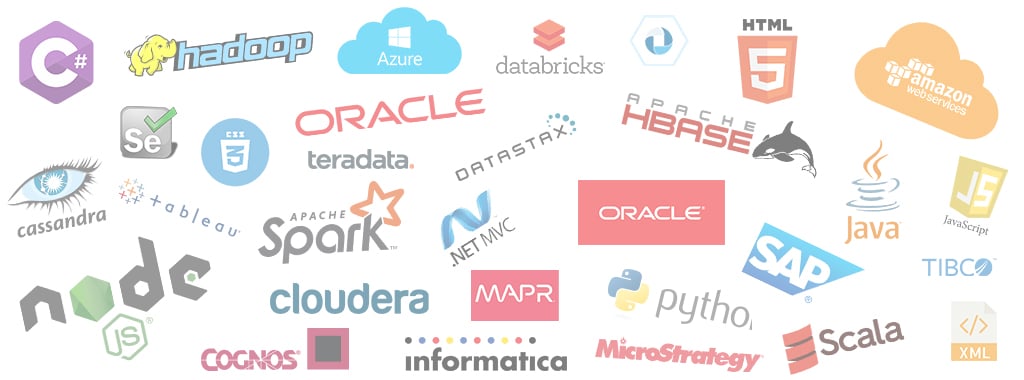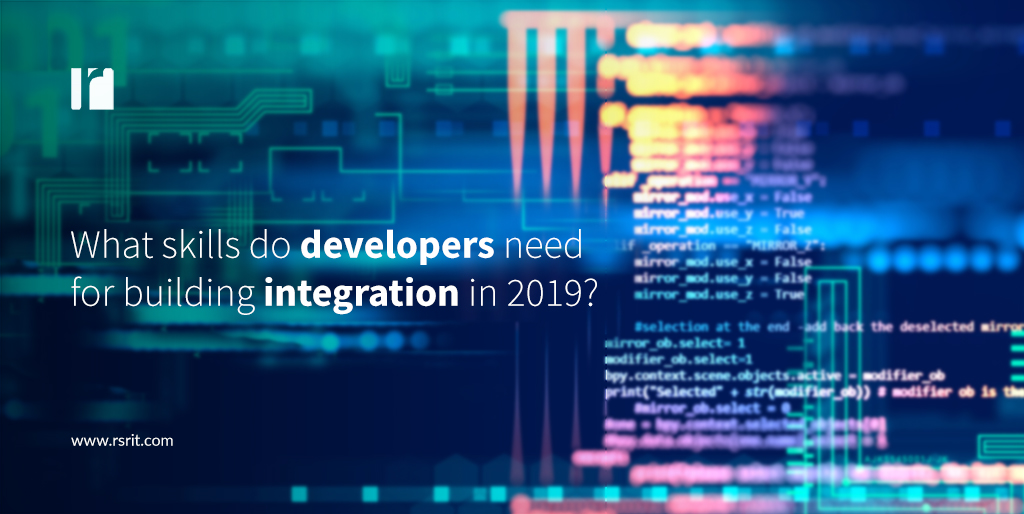Technology’s frequently changing nature leads to constant updates in the way things work. However, it also moves slow enough that developers need to keep up on “older” skills to be able to compete. An average developer probably won’t have to work with punch card readers, but they could still be using coding that’s 20 or 30 years’ old throughout the course of a standard day.
This is one of the reasons why the list of skills and capabilities that developers need to have on hand continues to grow. This is particularly true for those working with modernization and data integration. Through the integration process, you’d be likely to encounter legacy applications with technology thought to be obsolete. Having the right capabilities on hand, even if they might seem outdated, is part of what we at Reliable Software bring to our clients.
This shows in the list of skills and experiences we look in an integration developer. The partial list includes:

Beyond that list is the institutional knowledge long-time technology vets bring to the table. Among those are the ability to work with languages ranging from Pascal to Perl and PL/M to PHP. And that’s just a small sample of the alphabet soup that makes up programming languages.
These skills are all important when it comes time to research, evaluate, develop the architecture and deploy integration solutions. Connecting the past to the future still requires knowledge of what came before. Especially given the issues a developer faces outside their regular scope, including security threats, resource limitations, deadlines, service agreements and a multitude of immediate external factors.
This is also why we work with clients in the manufacturing industry to offer low/no-code integration solutions for data and applications. We can provide the benefits of integration without the challenges of custom high-code software solutions.
It’s not easy to be a developer working in integration in 2019. The stakes have never been higher as more organizations launch mission-critical processes and capabilities into the cloud while holding onto safely grounded legacy components.
If you’d like to learn more about what skills our team can bring to your toughest integration challenges, contact us to find out.



